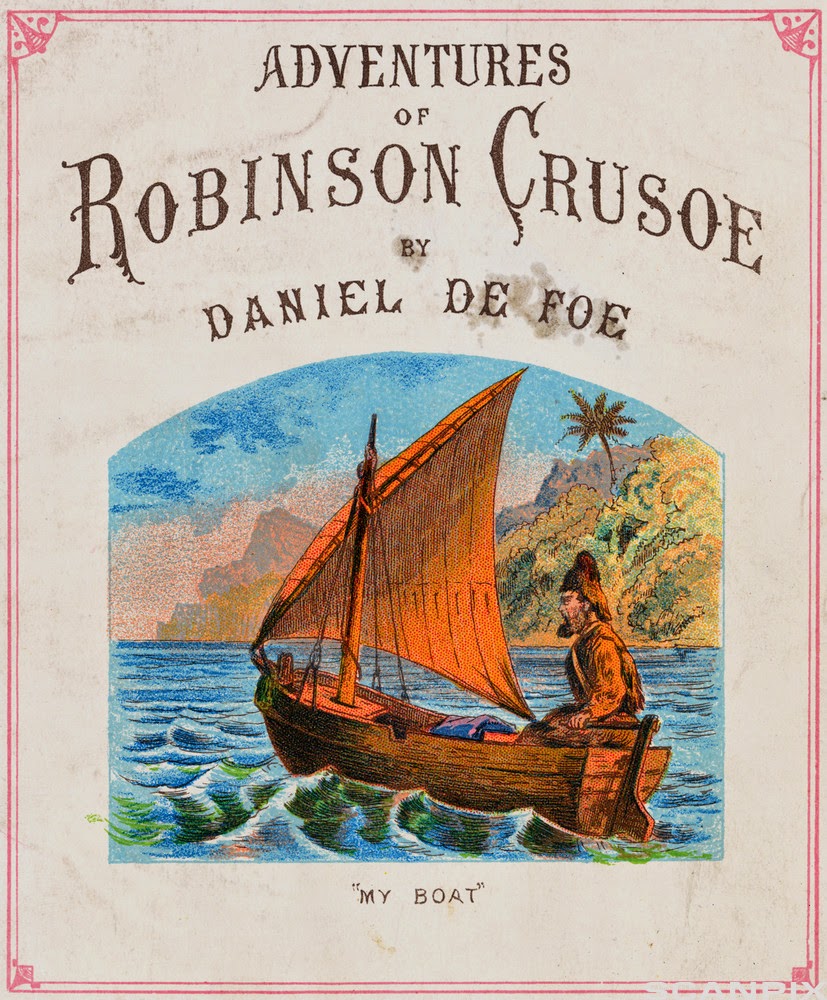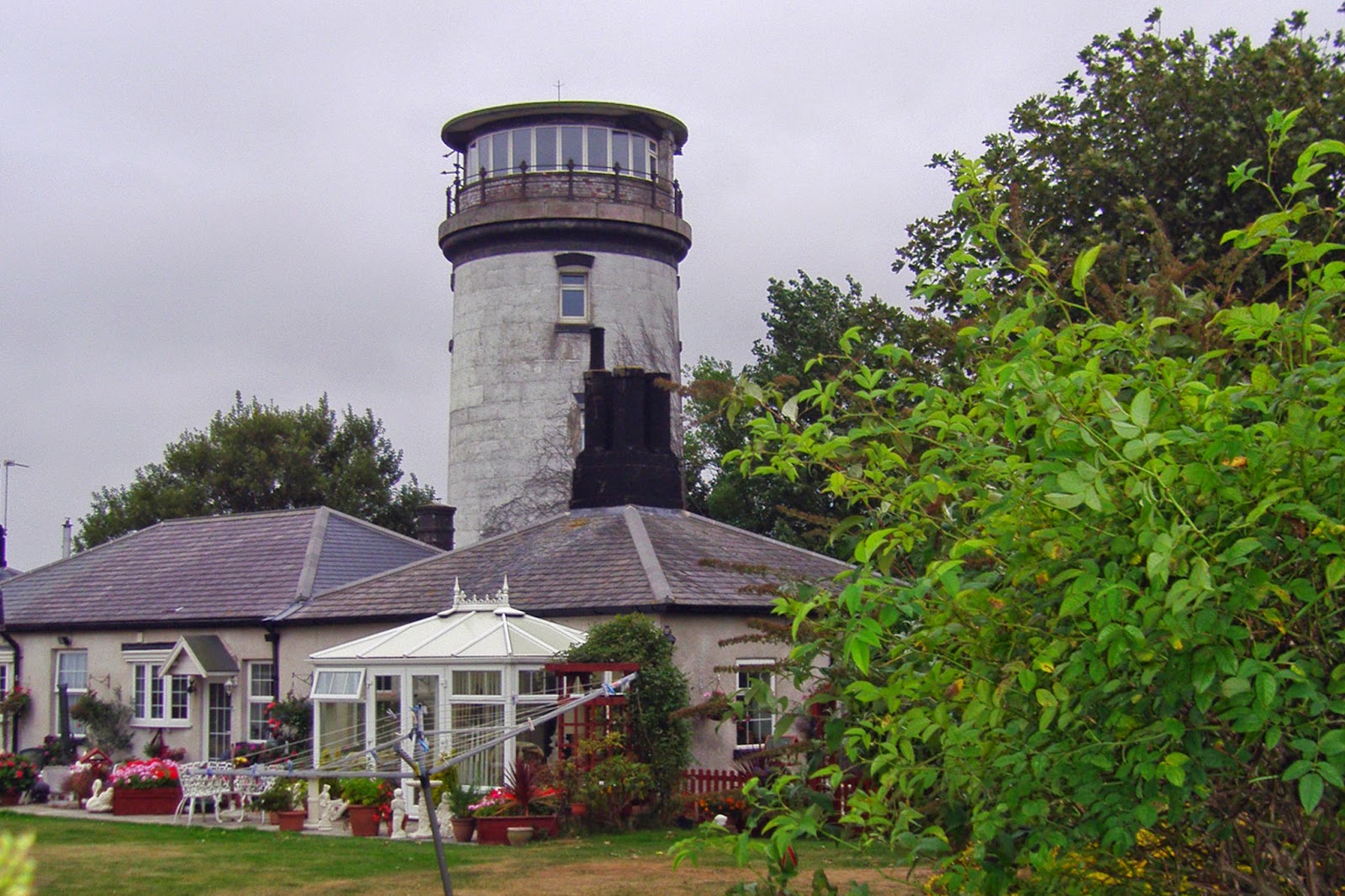Mentorship is a good plan all around, for the mentor, the
mentoree, and for society. John Donne reminded us “No man is an island.” It’s
fine to be independent, even an introvert and bit of a recluse, but at some
point we all need support, guidance, and encouragement from people other than
our family and friends. Mentors can help us along the way with good advice, a
shoulder to lean on, and reminders of our potential and worth.
Since January is National Mentoring Month, I’ve decided to
write about my longtime mentor and my experiences with mentoring.
At the college where I teach, one of our most successful initiatives
is our student mentoring program. Even the top-notch students need someone to
talk with who will support, advise, and encourage their path through academia.
But students struggling with their studies and with critical resources, such as
family support and financial aid, especially benefit from the college’s mentor
program, as do those who are first-generation college students,. Even I had an unofficial
mentor when I first was hired as an adjunct professor at the college. “Connie,”
who’s now retired, was my go-to person for everything. She’d been at the
college for years and could help with any issues or needs.
My intro to college at age eighteen was a tough one. It had
a few missing rungs on my academic ladder, and those in place sometimes were
shaky. I started in a psychology program at a Pennsylvania state teachers’
college. A small English scholarship and a grant from the local Lion’s Club
paid my tuition and board. I scratched around to pay for books and materials
and got by on a very lean budget. Nothing was wasted: Pencils scribbled notes
and assignments until their erasers were gone and they were too short to hold
between my fingers; pens were used down to the last dab of ink. I skimped on
shampoo and soap. Roll-on deodorant got watered down. I even made a tube of
toothpaste last all of my freshman year! My mom sent me a letter every two
weeks and always enclosed a few dollars and words of encouragement. She was
single at the time and trying to get by on her own limited resources.
The summer after my freshman year, I worked two jobs trying
desperately to save enough money to go back to college in the fall. It didn’t
happen. I cried big tears, but my mom reminded me that some paths aren’t
straight and flat. “You’ll get back to it,” she assured me, and I did.
A long period of what I call academicus interruptus began. I worked, got married to a military
man, had kids, and took a college course here and there wherever our military
assignments landed us. I never let go of my dreamed of getting back to college
and finishing my B.S. The chance finally came at age 32.
I had lots of help along the way. In 1986, I met my mentor,
a man I regard as the dalai lama of educators; he helped me look inside myself, refine my life goals, and set a course
for a desired destination—
Photo courtesy of UCONN
Stephen Jones was my professor for several English courses as
I finished my undergraduate degree at University of Connecticut. I liked him
from the start, even more than my official adviser, and I was amazed at how
easily he talked on many levels and infused his lectures and conversations with
profound buried messages. His assignments always had layers of meaning for me
and sank deeply into my psyche. He returned my first essay with some very
inspirational comments in the margins, namely, “I rarely see this level of
work.”
I told him I had launched a semi-successful career as a
freelance writer—semi-successful because I didn’t make much money at it and
because, in my mind, I lacked training in journalism. Everything had been
learned by trial and error and imitation, and I wasn’t confident it was the
right stuff. I had one book completed that went to print while I was a student
in Stephen Jones’ class. (Guide to
Florida Lighthouses, Pineapple Press, 1987) He held a small celebration for
me in the faculty lounge and, tongue-in-cheek, announced that I believed I had
put the cart before the horse when he thought I was really pulling the cart and
the horse too!
.jpg)

I discovered Professor Jones was an author too, and he had served
as a lighthouse keeper in the Coast Guard. His year at Harbor of Refuge
Lighthouse in Delaware had inspired a book of the same name. Being a lighthouse
fancier, I devoured the book, thrilled to find a narrative that cut through the
romance to tell a realistic story. I was trying to do that too, in a second
book that was in the works. It was eventually published in 1995 as Guardians of the Lights: Stories of U.S.
Lighthouse Keepers. Steve was on the cover of the first edition. (shown above in the b&w inset photo)
Harbor of Refuge Lighthouse, Delaware, where Steve Jones served as a Coast Guard keeper in 1960.
Steve's book about his time on the lighthouse.
In the meantime, Steve Jones and I found much common ground
in our love of lighthouses and all things nautical and our shared passion for
learning. Our relationship had evolved from last names to first names. I had a
job at Mystic Seaport Museum and access to archives and relics. Between Steve
and the museum, I produced a trove of articles for newspapers and magazines and
worked diligently on research for my second book. I was thrilled when Steve
asked me to be a keynote speaker for a “Working on the Water” conference at the
college. By this time, I was in graduate school working on an M.A. in
Education.
We had many discussions about education and work, and about
writing too. He assured me I didn’t need that journalism degree to be a
successful writer. Not even an English degree was necessary. “You need to
understand audience to be a writer,” he told me, “and it’s obvious you do.”
He also told me successful writers write, every day, and that
they view the world through the prism of writing. Stories are everywhere; I
needed to keep my antennae up and tuned in to catch them. Each tale could be
bent and shaped to fit an audience. (Writers call this the angle.) Steve also
assured me writers have second jobs, which people think are their first loves…but
it’s really the writing they crave. Verbiage pays in satisfaction, and
sometimes in bylines and flashes of fame, and less often in a few shekels that
might pay for a fraction of the time spent on the effort. Steve has made, and still
makes, his “living” income teaching and running a boatyard. He also owns Flat
Hammock Press in Mystic, Connecticut.
Steve and I being honored by the Avery Point Lighthouse Preservation Society in 2000. Steve's boatyard restored the lantern of the lighthouse, which stands on the Avery Point campus of UCONN where I first met Stephen Jones, English professor.
(Lighthouse photo from Wikipedia)
I teach too. Many writers do. Teaching is, truly, much like
writing. Teaching requires working with an audience and sharing information,
and then evaluating how well you did your job. Students produce good
assignments and pass tests to validate youen. Readers respond by reading more
of your work, posting positive reviews on Amazon, and sending you mail and
attending book talks/signings. Teaching and writing are both forms of edu-tainment.
The Old Lighthouse Keeper on a return trip with me in the late 1990s to Harbor of Refuge Lighthouse.
Though 3,000 miles separate us, Steve has kept in touch with
me, as good mentors do. I haven’t been in his classroom as a student in almost
thirty years. Of the college texts I’ve kept for sentimental reasons, most are
from his courses: “Literature and the Sea” and “Nature Writers.” Every few
months I get a postcard from “The Old Lighthouse Keeper,” my handle for Steve.
These days, he sends email and messages between our Linked-In accounts, often grousing
that he’s not sure how to communicate electronically and wondering where those
messages go, “damn things!” He’s at an age where cyberspace is sometimes confusing
and exasperating. Aren’t we all?
We are lucky if we find a lifelong mentor. Mini-mentors are
more the norm—those influential and encouraging people who pass through our
lives. I have plenty of minis, but Steve is the constant intellectual and
spiritual benefactor. Yes, he breezes in and out of my distant ken with cryptic
postcards and emails, but I feel his presence in my work every day. For one
thing, I follow his advice about writing every day. That’s about the best suggestion
anyone can give a writer.
Happy National Mentor Day, Steve, and all mentors. It’s a good
thing you’re doing.

















.jpg)


.jpg)


